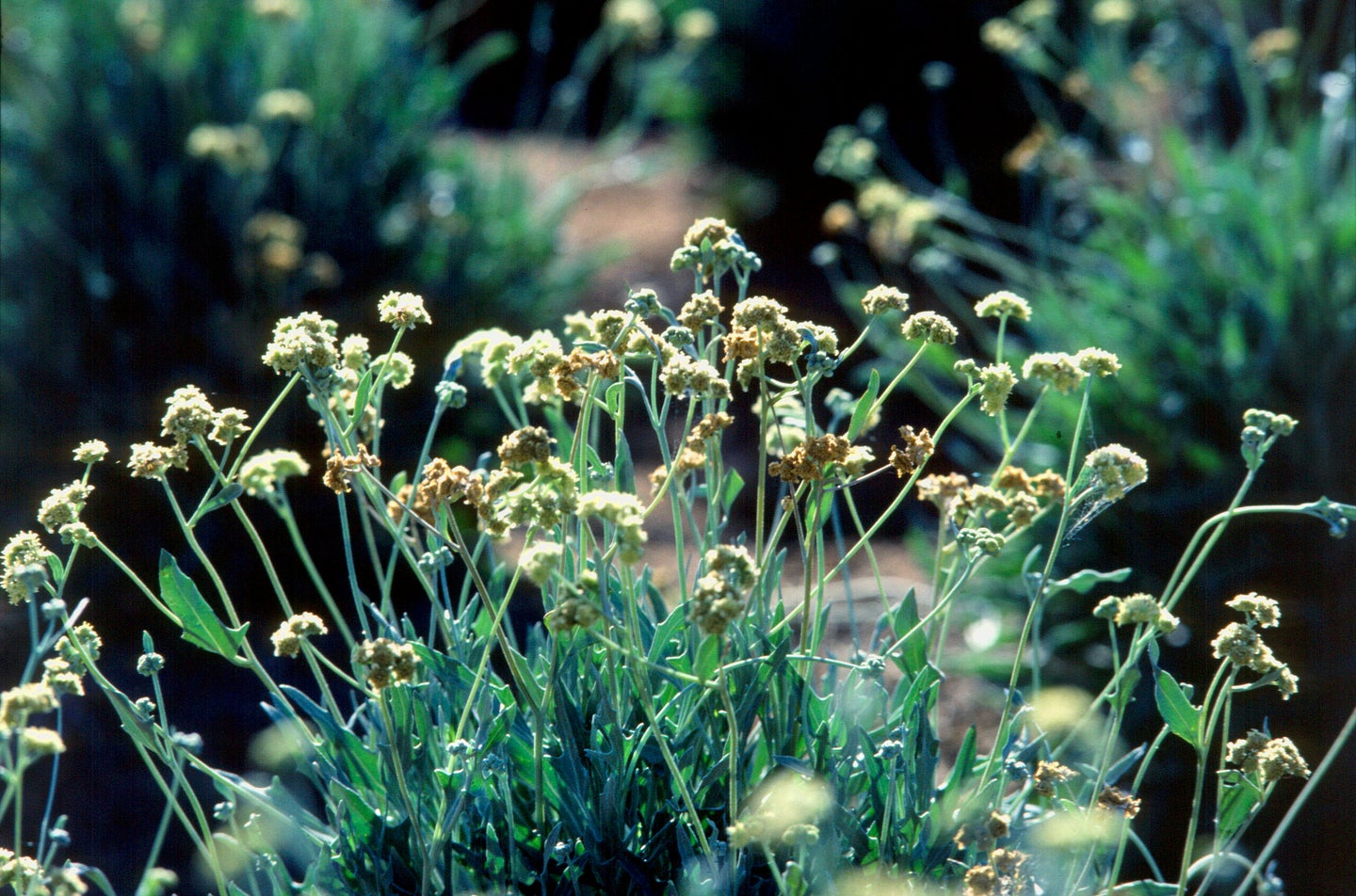Guayule is a flowering shrub well-adapted to arid environments—and it’s gaining attention as a natural rubber alternative. || USDA
The natural rubber alternative is becoming a popular drought-tolerant crop.
By Zayna Syed || Popular Science
Most farmers in Pinal County, Arizona knew the water cuts were coming eventually.
When the government declared an official “shortage” on the river last year, an unprecedented step, it triggered major water cuts in the central Arizona county. And those cuts have caused some farmers in Pinal County to look for more water-efficient crops, including Will Thelander, a third generation farmer in Arizona, who is testing a crop called guayule.
Guayule, a desert-adapted shrub pronounced “wy-oo-lee,” could be used for several products, most notably as a natural rubber for tires. And it requires only about half the water of cotton, alfalfa, and corn—the more water-intensive crops Thelander typically grows.
“What makes the plant so great for someone like me is it uses a lot less water than traditional crops,” he says.
Supporters tout its many environmental benefits. Native to the Chihuahuan Desert, it requires less water than many other crops, for one. And after it’s established, it doesn’t require any insecticides or tilling, limiting use of the chemicals and supporting carbon storage.
Guayule has caught the attention of industries that are also looking for more sustainable materials. For instance, research on the crop has been supported by tire manufacturers, most notably a multinational company Bridgestone, which hopes to expand and diversify its natural rubber supply chain.
A boon for the environment
Farmers and water managers typically measure water using acre-feet, which is the amount of water required to cover one acre of land, one foot deep. One acre-foot is about 325,851 gallons.
Guayule requires about 2.5 acre-feet of water over 12 months. That’s about two times less water than other crops Thelander grows, like corn, which requires 4.5 acre-feet over four months. What’s more, his alfalfa, a plant usually turned into animal feed, uses 6 acre-feet over about eight months, while the big yields of cotton he grows, typically requires 5 to 5.5 acre-feet over five months.
What gives guayule a leg up over these other thirsty crops is its high drought tolerance.
“Guayule is a wonderful alternative, because it’s not a crop that will die if you fail to water it a couple of days late, or even a couple of weeks late, or in some cases a couple of months late,” Peter Ellsworth says, a professor of entomology and integrated pest management specialist at the University of Arizona. “So it makes it uniquely adapted to our production region.”












